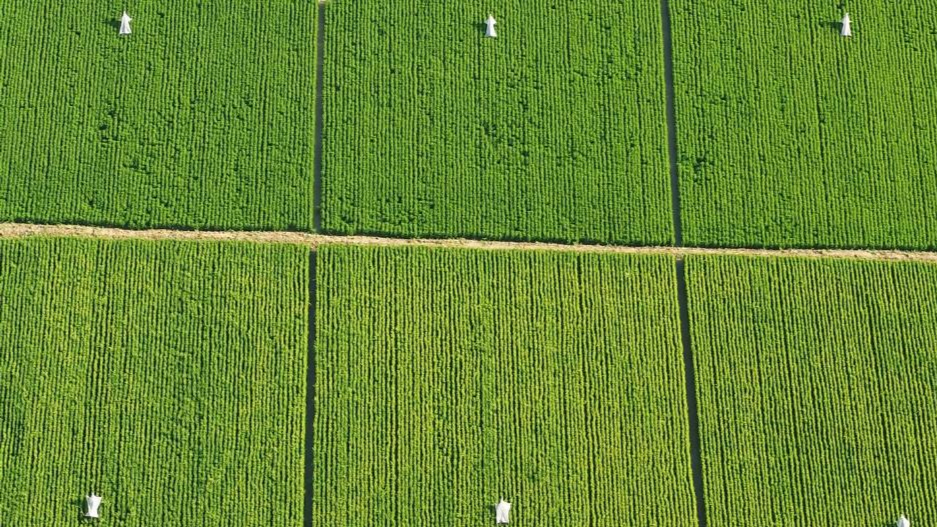
BEIJING - China's Ministry of Agriculture and Rural Affairs recently approved a protein, which is converted from CO2 by bioengineering, as a new feed material, providing a new solution for solving the shortage of feed protein resources and promoting green and low-carbon development.
The Yarrowia lipolytica yeast protein, developed by Beijing-based bio-tech company GTLB, is produced by bio-fermentation technology. This technology utilizes CO2 from industries such as coal chemistry, natural gas chemistry, and steelmaking. It efficiently converts it into yeast protein with high nutritional value, according to the Science and Technology Daily, published on Thursday.
Compared with traditional agricultural planting and fishery production methods, this technology can increase the production efficiency of feed protein by thousands of times.
READ MORE: Shanghai scientists detail protein responsible for TB
For example, a yeast protein factory occupying an area of 10 hectares can produce 100,000 tonnes of high-quality yeast protein annually, equivalent to the soy protein produced on approximately 40,000 hectares of land.
In terms of nutritional value, yeast protein has a high content of essential amino acids with even distribution and good palatability. It is also rich in trace elements and polysaccharides.
The new technology can help create a more sustainable and resource-efficient protein feed supply chain, reducing dependence on land-intensive crops like soybeans and marine resources, such as fishmeal.
READ MORE: China's space station delivers new samples for research
China is facing a shortage of feed protein resources. Statistics show that the total consumption of feed protein in China was approximately 70 million tonnes in 2024, with an import dependency ratio exceeding 80 percent.


